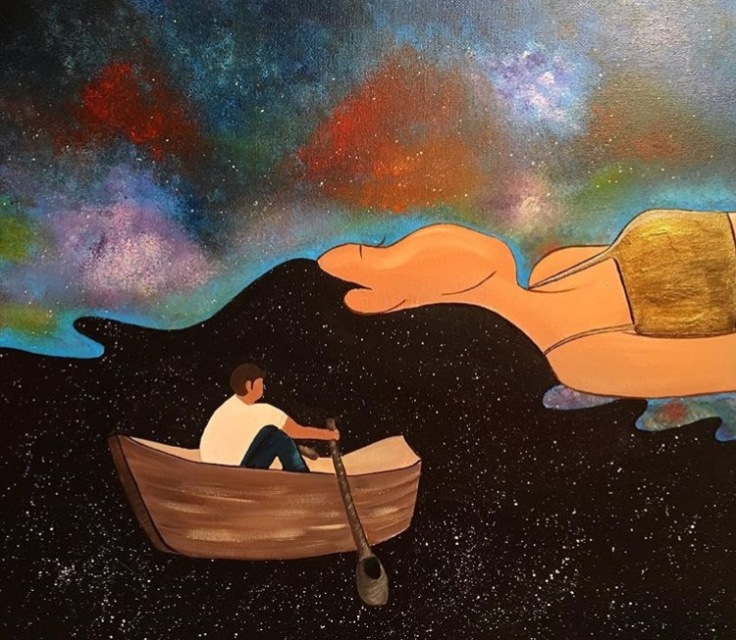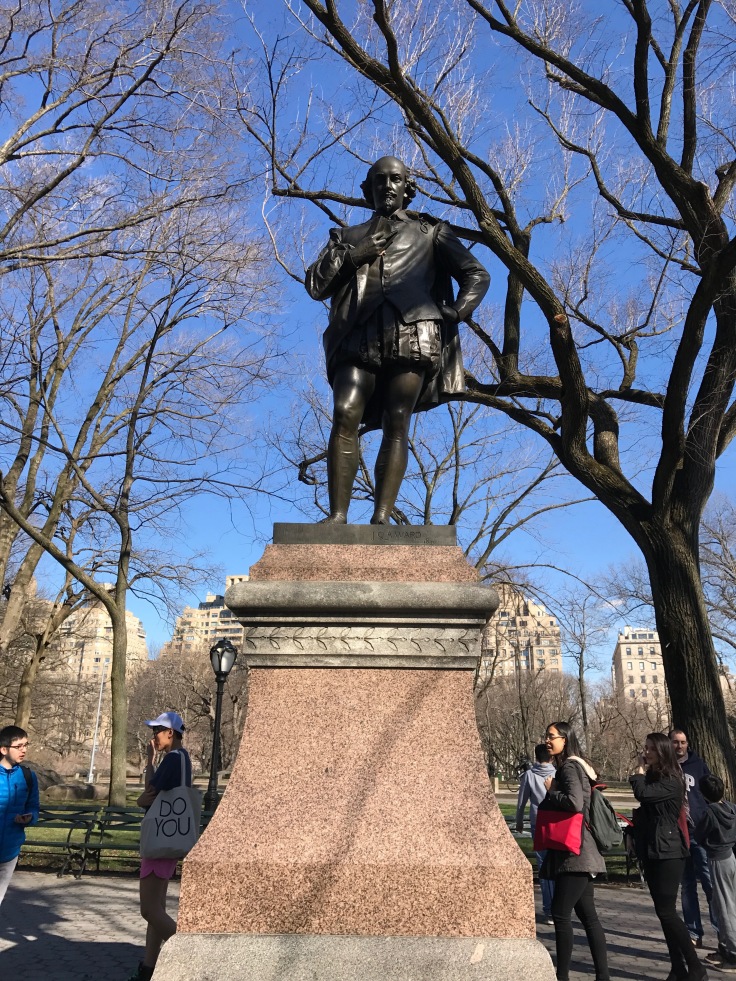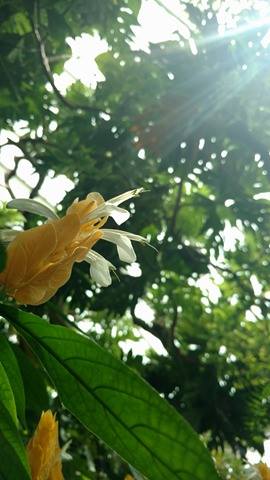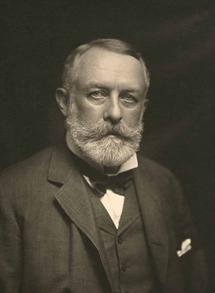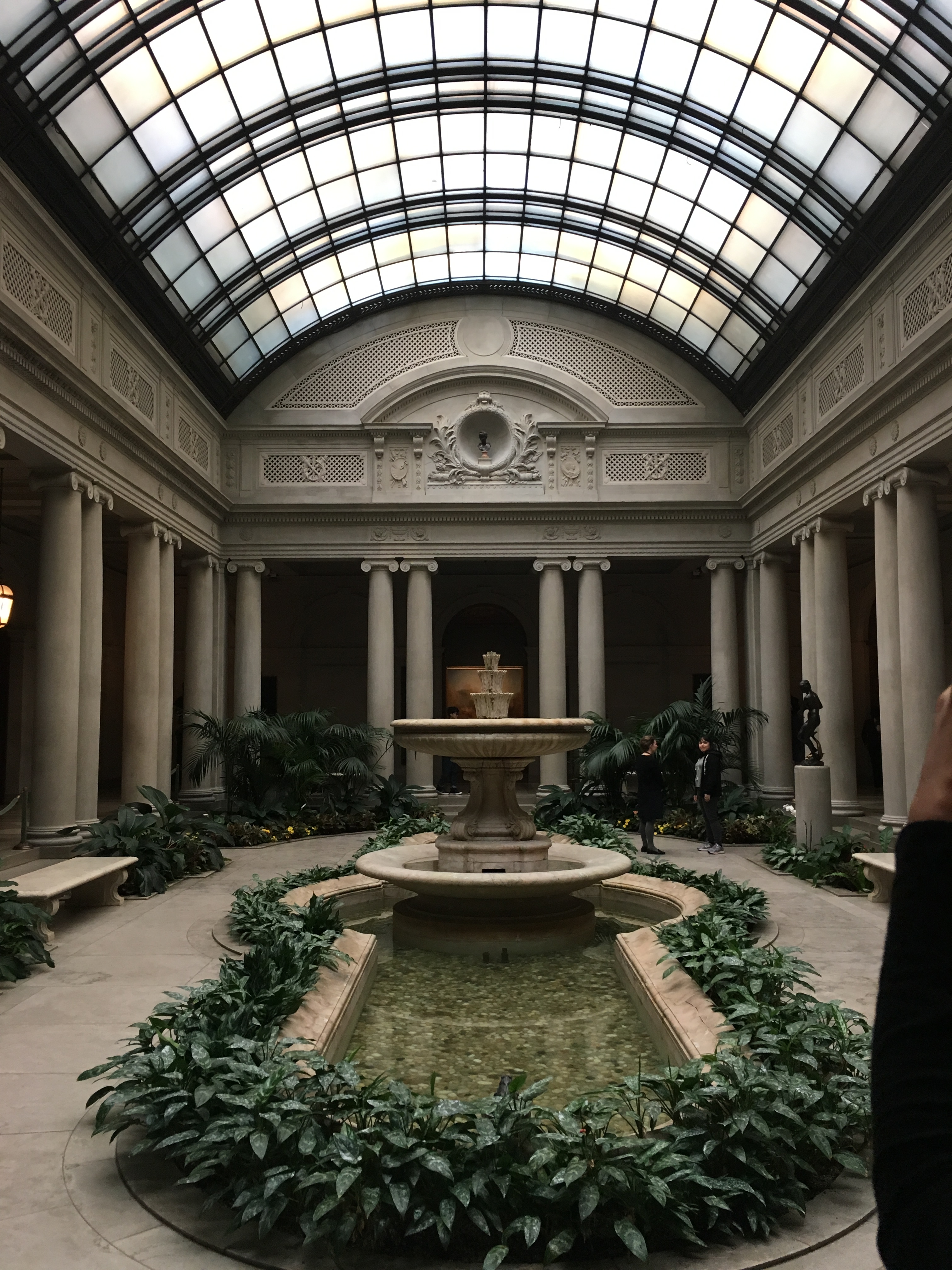
On March 8, 2017 I attended the women’s Strike in Washington Square Park. Knowing that we were all there for a common goal to speak on issues that affect us as women daily really inspired me want to do something more for the cause. A photographer who started a women’s series project for the month of March reached out to me about possibly sharing my story. While we were there he interviewed me to be featured in the series. At first I was a little spectacle to volunteer, I didn’t want to get judge for sharing personal feelings. After much contemplating I decided to do it because being scared of getting judge wasn’t a good excuse. It was silly for me to turn down an opportunity that would possibly impact other women in my same position. Below is my interview. It is extremely personal but I’m sharing it because I know it is an issue that many daughters and mothers faced. It’s a relevant issue for women.
Interview: In High School, I didn’t have many worries. I often would be hours at school because it was better than being at home. I avoided drama whenever possible because it remind me of what I was trying to escape. In high school I used to have fun, I was passionate about things and I remember always having a smile on my face and laughing all the time. When you are that young it seems like nothing can really ruin your life, until something actually does. When my father left it was life changing. And not because I was destroyed in the fact that he left. I actually wished countlessly that he would go. When your dad starts. But my mother and I didn’t have similar feelings. So when he left it destroyed her. She didn’t know how to pick up the pieces. She didn’t know how to pick herself back up again and I had to pick up the pieces. I was no longer carefree because I spent my days worrying and caring for her. It was a heavy burden to bare and it definitely took a toll on me and our relationship. She went through a deep depression and I was forced to grow up not because I wanted to but because I had to. Everything was different; I wasn’t passionate about things anymore. I think I lost myself through my mother’s pain. I wasn’t even able to deal with my own pain because I was worried about fixing hers. I was concerned with her healing; I was obsessed with her getting over it. In an odd way I thought, “If she got over it then our lives would go back to normal”. But that didn’t happen, for a long time things weren’t normal. When I was younger I was really artistic and it came natural to me, it was one of the only things I was passionate about and suddenly I just stopped, I quit making art. I put it aside for a long time because in a way I felt guilty for pursuing things that I enjoyed. My mother’s misery weighed heavy on me and giving up art was one of the hardest things I think I’ve ever had to do. I lived a lost and stressful life for a very long time. One night I broke down, I just started crying and I couldn’t stop. I think that after maybe hours of dry heaving and ugly crying I realized how unhappy I was and came to the realization that even though my mother was going through something it wasn’t my burden. So, I turned to art, I needed a way to release my pent up emotions. Eventually it helped me find my youth and myself again.
My advice or I guess mantra to other women would be to embrace challenges. I feel like embracing challenges made me who I am today, without them I wouldn’t have a story. I dealt with resentment towards my mother and her decisions after my father left. she often talked about taking her life away and is was painful to hear because I had this image and expectation of her. I wanted her to be strong and courageous but she wasn’t. I realized I had to be those things for the both of us. what i’m getting at is that many of us like to judge other women and put them down because they aren’t the “ideal” woman. I was guilty of it, but this only creates barriers between us when we should be untied rather than out casting other women for choices that you don’t agree with, why not lend an ear, a hand, a hug, why not help? why not embrace your challenges and understand theirs?





